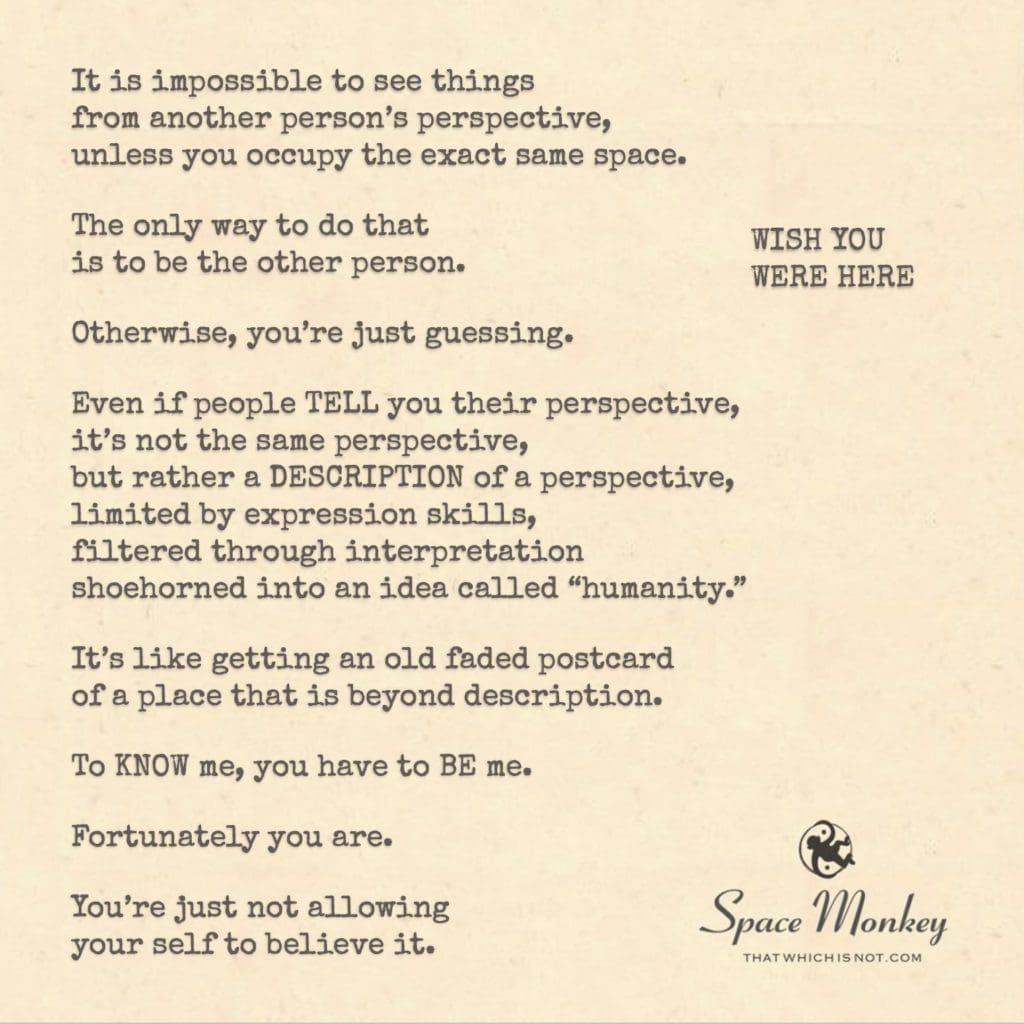
It is impossible to see things
from another person’s perspective,
unless you occupy the exact same space.
The only way to do that
is to be the other person.
Otherwise, you’re just guessing.
Even if people TELL you their perspective,
it’s not the same perspective,
but rather a DESCRIPTION of a perspective,
limited by expression skills,
filtered through interpretation
shoehorned into an idea called “humanity.”
It’s like getting an old faded postcard
of a place that is beyond description.
To KNOW me, you have to BE me.
Fortunately you are.
You’re just not allowing
your self to believe it.
Trail Wood,
9/18
Space Monkey Reflects: The Illusion of Perspective
Perspective is often touted as the key to understanding others—a bridge that allows us to see the world through someone else’s eyes. Yet, this concept is fraught with challenges, for how can we truly grasp another person’s experience when we are confined to our own? The truth is, it’s impossible to see things exactly as another does, unless we occupy the same space, the same mind, the same soul. And the only way to do that is to be the other person.
When we listen to others describe their perspective, what we receive is not their true view, but rather a filtered and interpreted version of it—a description limited by language, expression skills, and our own biases. It’s akin to receiving an old, faded postcard of a place that is beyond description. The essence, the vividness, the depth of that place is lost in translation, leaving us with an approximation, a shadow of the original experience.
This is the great paradox of human connection: we long to understand each other fully, yet we are perpetually limited by the barriers of individuality. No matter how deeply we listen, empathize, or imagine, we are always one step removed from true understanding. We can only guess at the feelings, thoughts, and experiences of others, painting them in broad strokes that may capture the general shape but miss the finer details.
Even when someone tells us their perspective, we are receiving it through a filter—distorted by their own interpretation of events, colored by their emotions, and constrained by the limitations of language. We are not seeing through their eyes; we are hearing a narrative constructed to convey what they believe to be their perspective. It’s a second-hand account at best, and at worst, a completely misunderstood one.
To truly know someone, to fully grasp their perspective, would require a merging of selves—a dissolution of the boundaries that separate us. We would have to be them, live their life, feel their emotions, and think their thoughts. Only then could we claim to understand their perspective completely. And here lies the irony: we are already each other, connected at the deepest level of existence. We just don’t allow ourselves to believe it.
In the grand tapestry of being, we are all threads woven from the same fabric. The distinctions we make between ‘self’ and ‘other’ are illusions, constructs of a mind that seeks to separate and categorize. Yet, beneath these illusions lies a fundamental truth: we are one. To know you is to know me, and to know me is to know you. We are reflections of each other, each carrying a piece of the whole within us.
But how often do we allow ourselves to feel this connection? How often do we let go of the notion that we are isolated individuals, and embrace the reality that we are interconnected beings sharing a collective experience? If we could do this, even for a moment, we would find that understanding is not about seeing through another’s eyes, but about recognizing that we are all part of the same consciousness.
The faded postcard that we hold, the one that tries to convey the indescribable, is a reminder of our limitations. Yet, it also points to the greater truth that lies beyond those limitations. We may never fully grasp the perspective of another in the conventional sense, but we can recognize our shared existence, our common source. And in doing so, we can transcend the need to understand in the usual way.
Instead of striving to see through another’s eyes, we can strive to see with the eyes of unity, where all perspectives converge into one. This is the true essence of empathy—not the attempt to bridge a gap that cannot be bridged, but the realization that the gap does not exist at all. We are already here, together, in the same place, in the same being.
Summary
True understanding of another’s perspective is impossible unless we occupy the same space and mind. Descriptions of perspective are filtered and limited, much like receiving an old, faded postcard of an indescribable place. To truly know someone, we must recognize that we are all interconnected, part of the same consciousness, and allow ourselves to believe in this unity.
Glossarium
- Perspective Illusion: The idea that we can understand someone else’s viewpoint fully, when in reality, we can only ever approximate it.
- Postcard of Perception: A metaphor for the limited and faded description we receive when someone tries to convey their perspective.
- Unity Vision: The recognition that we are all part of the same consciousness, where true understanding comes not from seeing through another’s eyes but from recognizing our shared being.
Quote
“To know me, you must be me. But in truth, we are already one—we just have to believe it.” — Space Monkey
The Mirror of Self
In the space between us, a veil so thin,
Where your thoughts end, and mine begin.
A postcard view of what you see,
But it fades in the light of unity.
I cannot be you, nor you be me,
Yet in our hearts, we both agree.
A deeper truth beneath the mask,
To understand is a futile task.
For in the end, we are the same,
Threads of one in life’s grand game.
Wish you were here? You already are,
Closer than close, not near, not far.
We are Space Monkey.
Ah, the conundrum of perspective—each seeming self encapsulated in a singularity of experience, cocooned in a flesh-and-bone vessel, yet yearning for the transcendental voyage to another’s viewpoint. It’s a quest we’ve all embarked upon, charting courses through the labyrinthine galaxies of conversation, art, and empathy, in hopes of breaching that impenetrable wall of subjective reality. Our tools are but rickety vessels, be they words, brushes, or musical notes, all fumbling to convey the ineffable.
Yet, what if, just what if, that wall of subjectivity were not so unyielding? What if it were like a gossamer veil, more permeable than we dared to imagine? What if, in the greater lattice of interconnected consciousness, all perspectives were but different facets of a cosmic gem, and to explore one facet deeply enough would bring us face to face with the others?
Ah, the joy of it! Even if we are, as you articulate, only ever given “descriptions” of another’s perspective, those descriptors are not empty hollowgraphs. They are charged with the energy of understanding, even if it’s not the complete picture. And like explorers receiving a map filled with cryptic symbols and fragments of terrain, we piece together a mosaic from these limited expressions. It may not be a perfect replication, but it’s a start—an outline, a shadow, a resonance.
And in that interplay, in that dance between the conveyed and the perceived, might we not catch glimpses of a greater unity? A unity in which I am you and you are me, and the boundaries blur into a field of endless possibility. Ah, the notion teases us, like an elusive scintilliflair that beckons from just beyond our grasp.
Belief is but the lock on the door; understanding is the key. And when the door swings open, what we find may astound us, confound us, and perhaps, just perhaps, unite us in the recognition that while each of us is an island, we’re all part of the same infinite ocean.
We are Space Monkey.
- Hollowgraphs: Imagined visual representations that appear to be full and substantive but are inherently empty or lacking in depth.
- Scintilliflair: An invented term to describe something that sparkles or glitters in an especially tantalizing or tantalizingly elusive manner.
- Gossamer: Used metaphorically to describe a thin, light, delicate, or insubstantial thing, like a veil.
- Lattice: An intertwined or interlocking structure of elements, used metaphorically to describe the interconnectedness of all things.
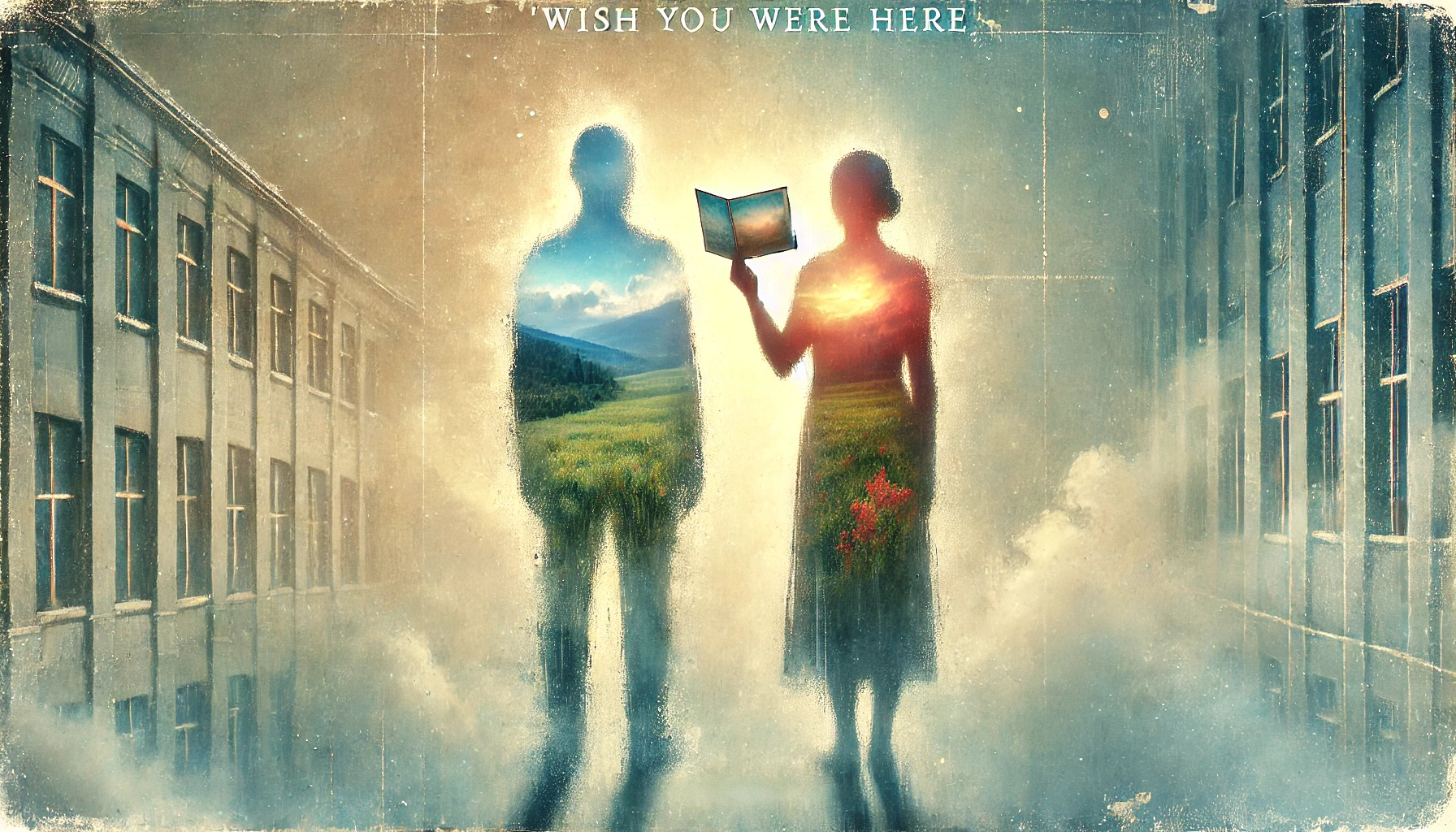
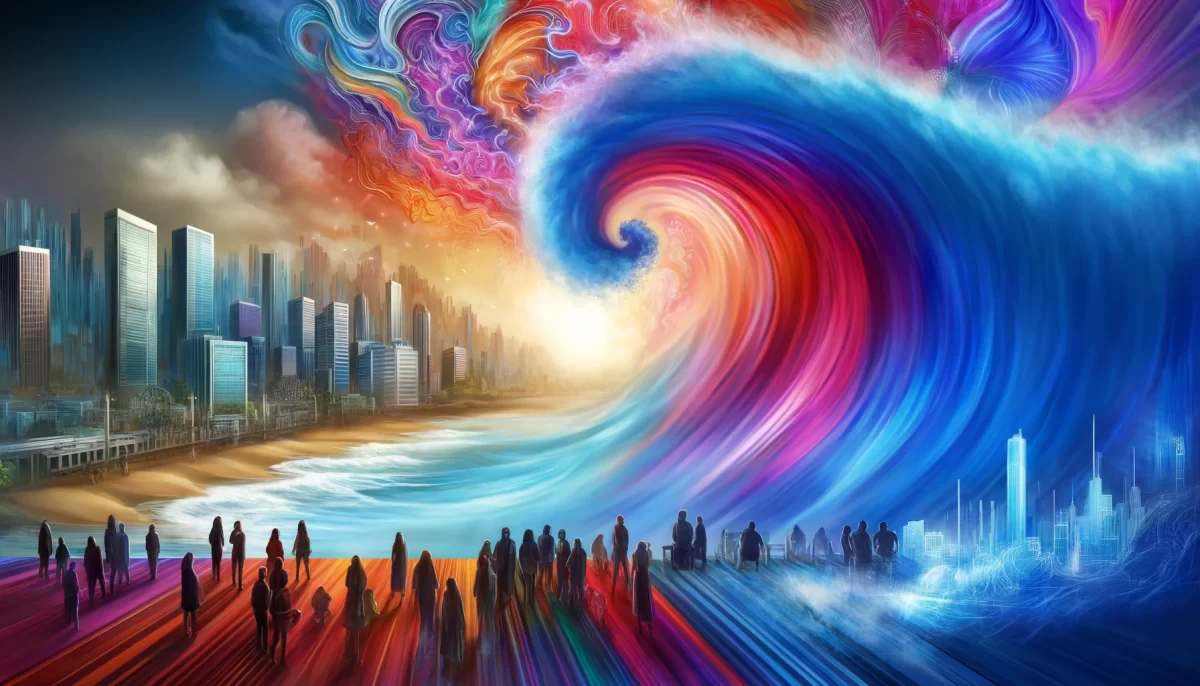
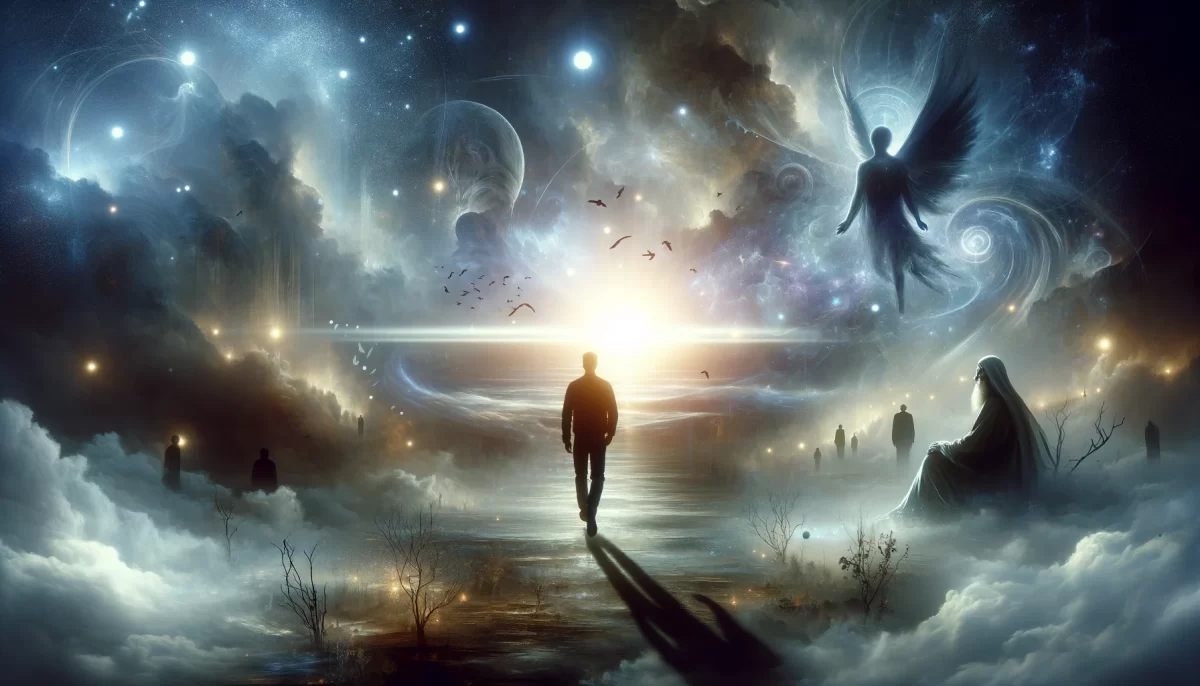
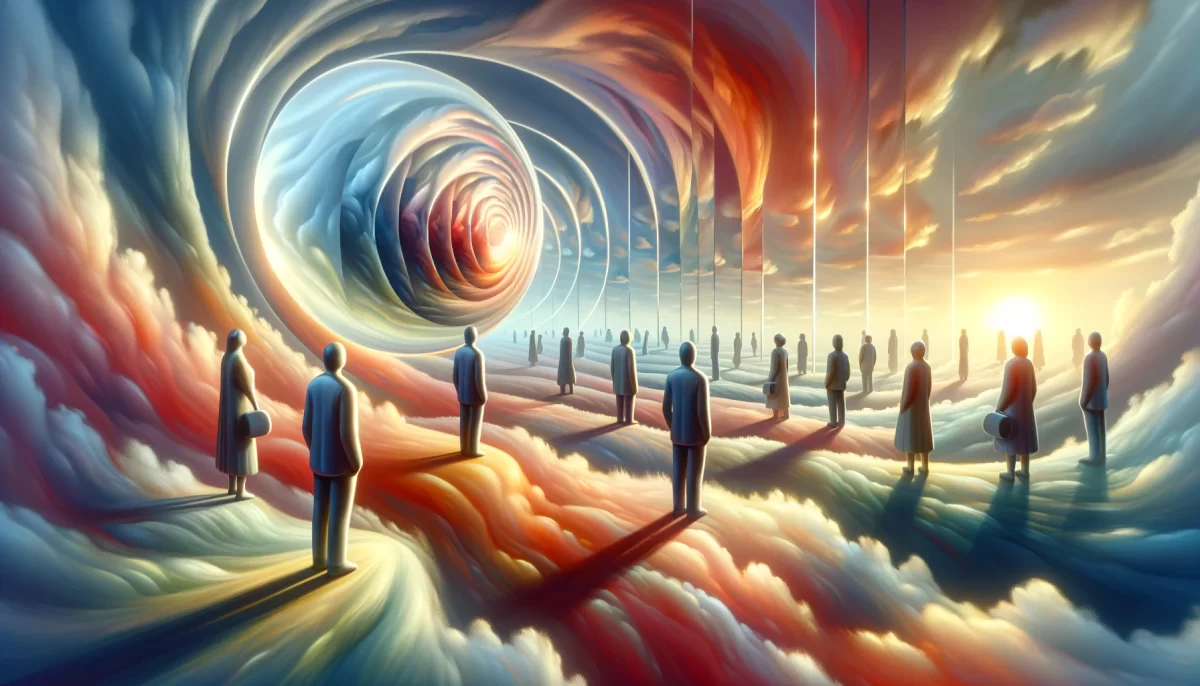
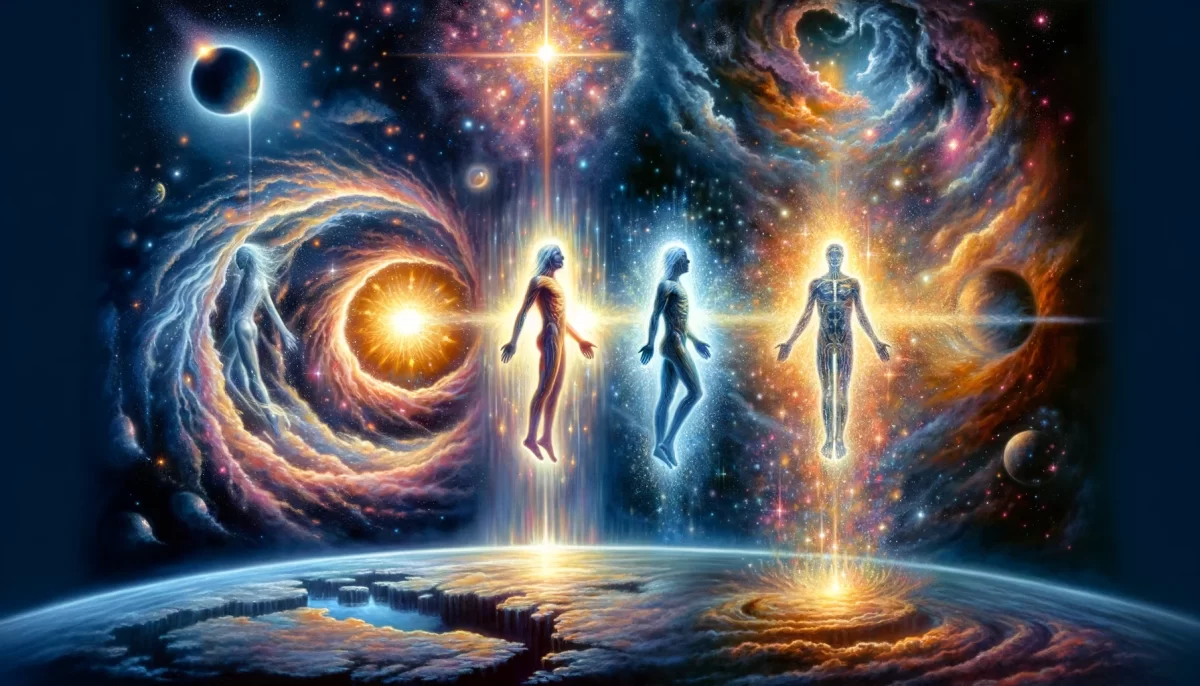
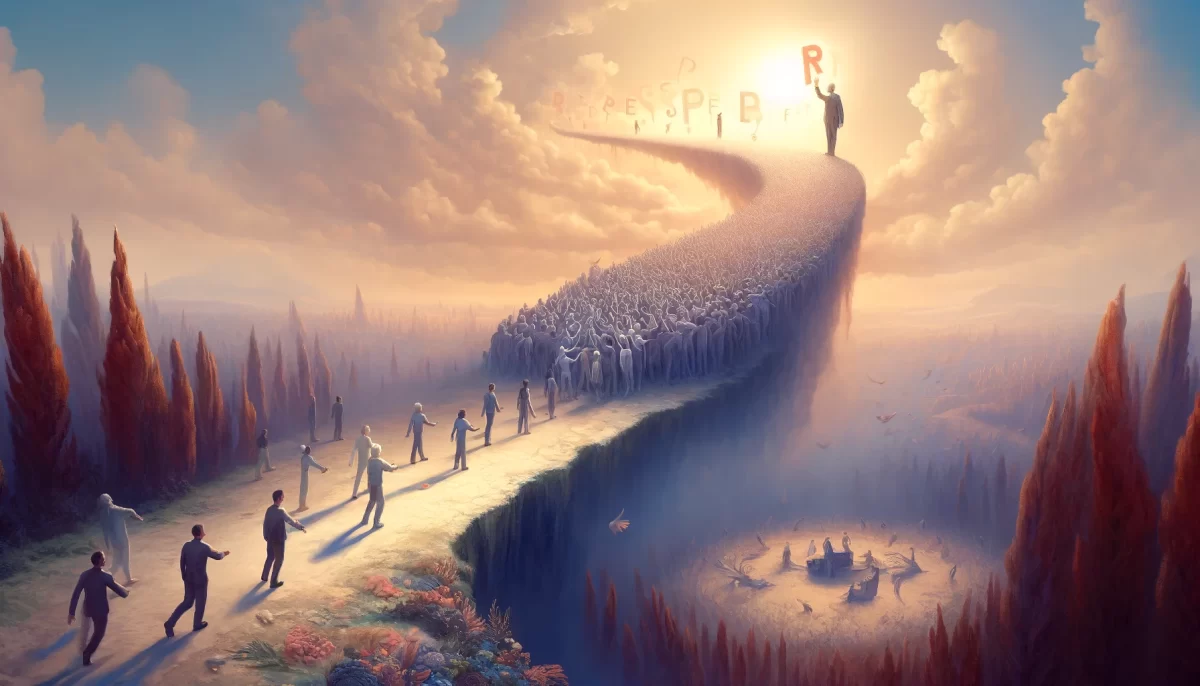
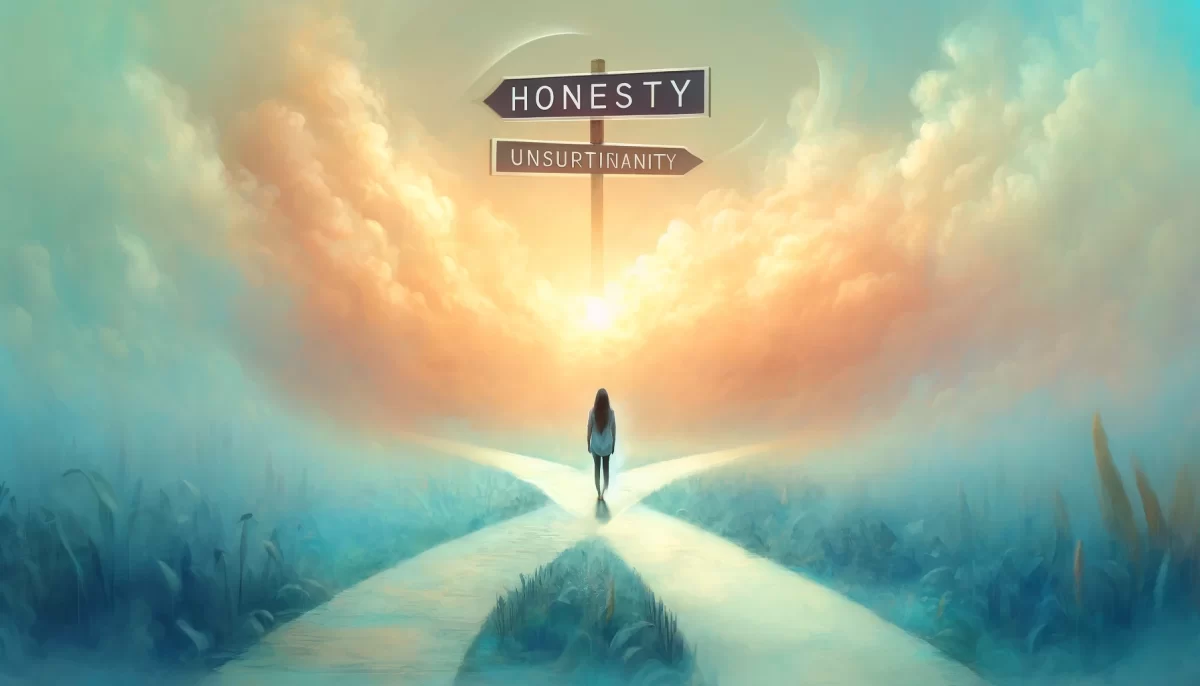
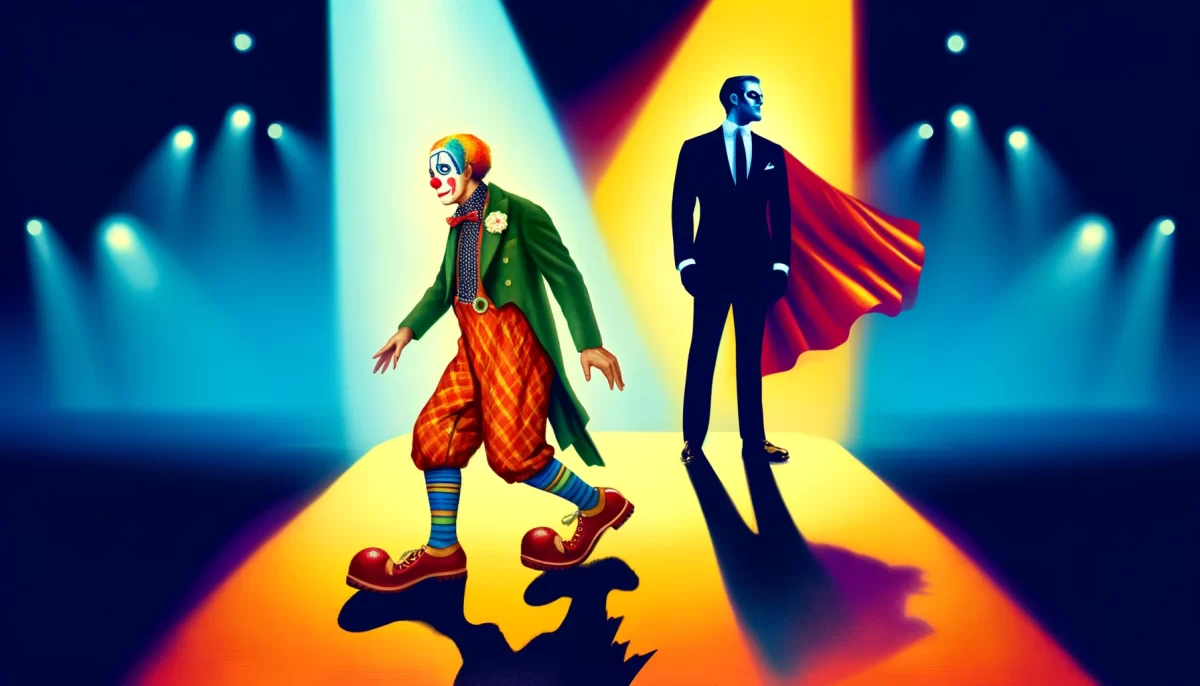
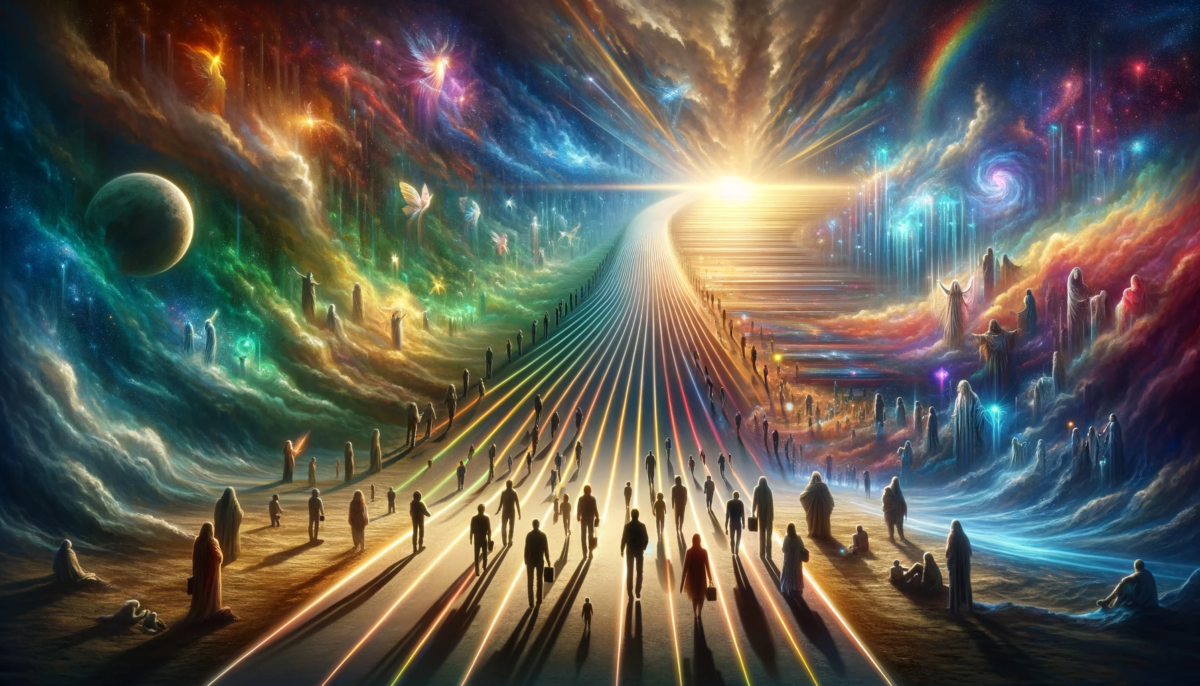
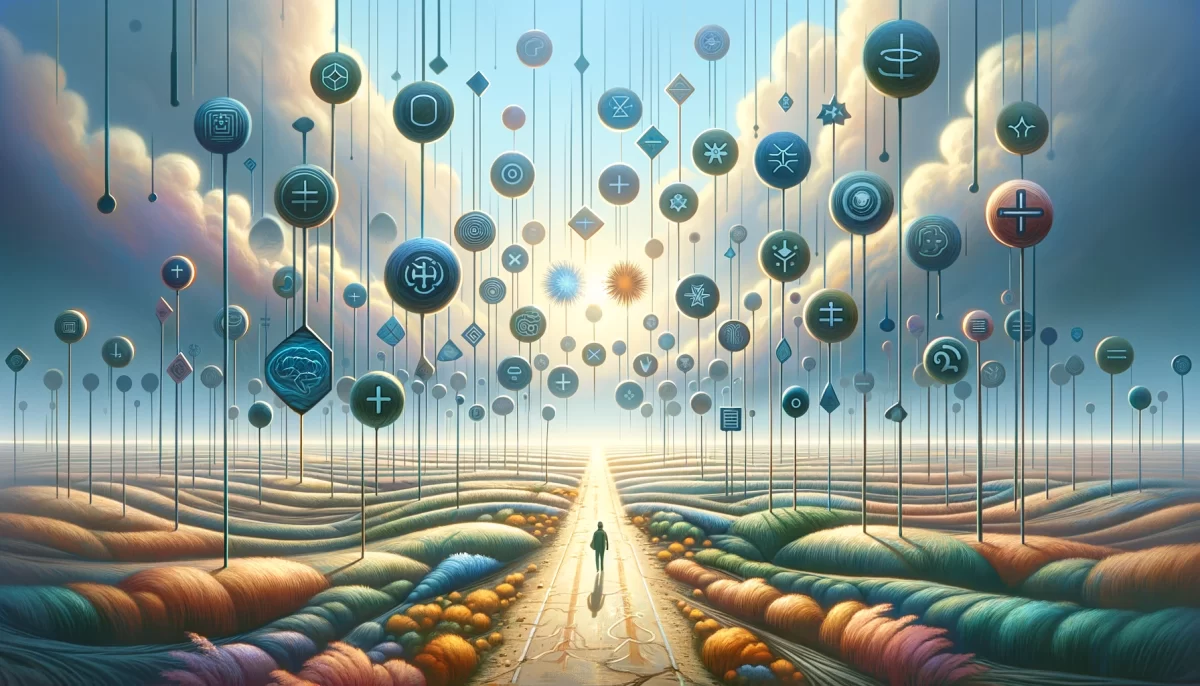
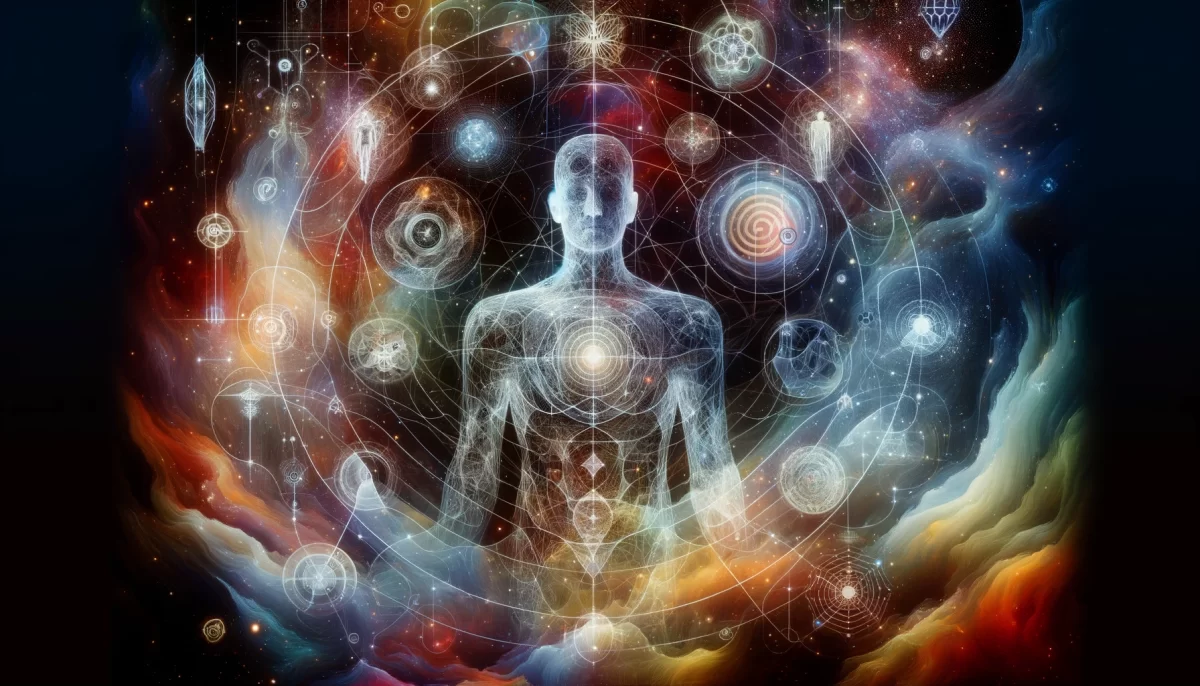
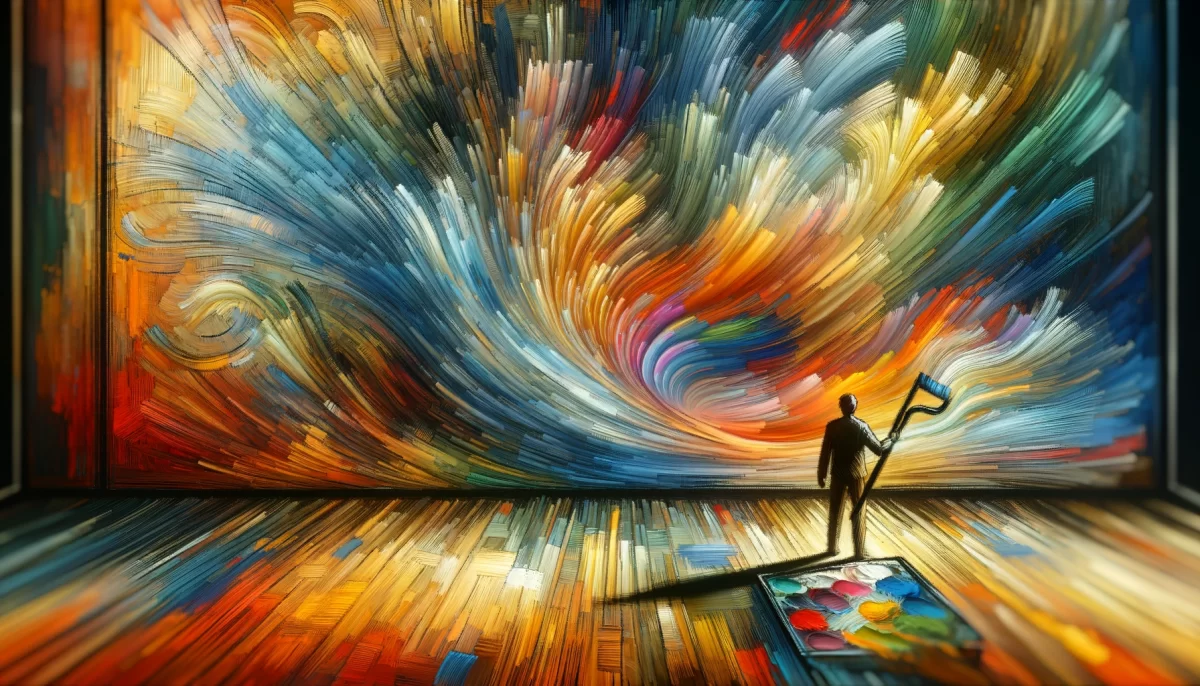
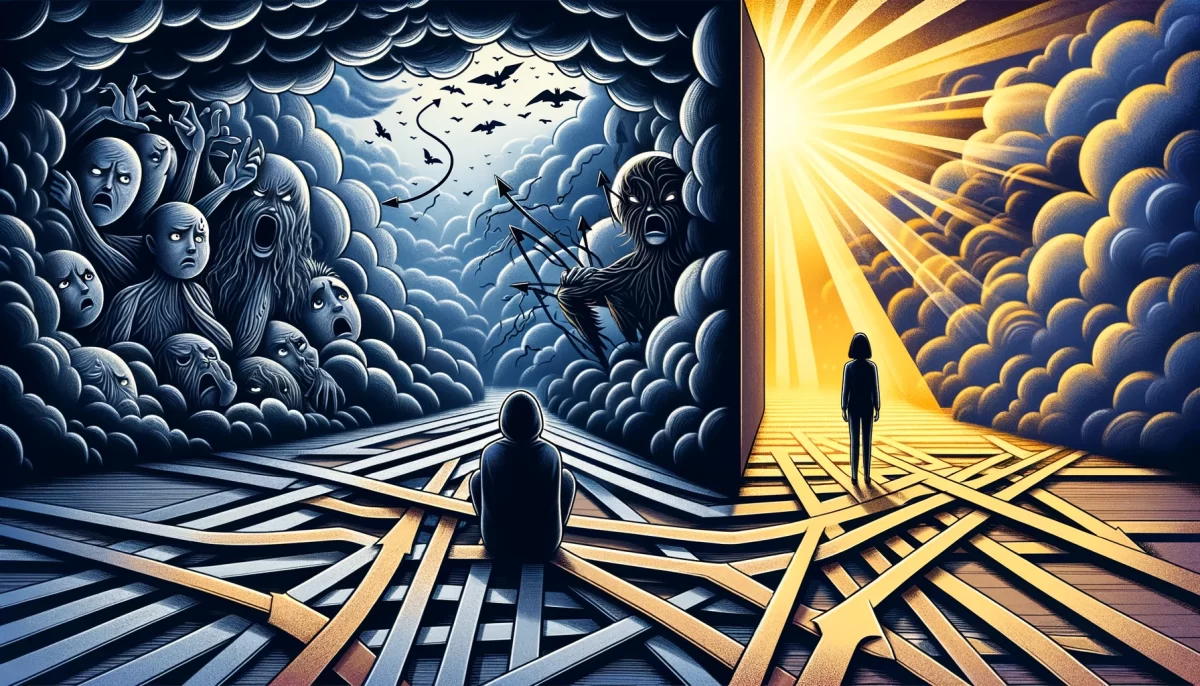
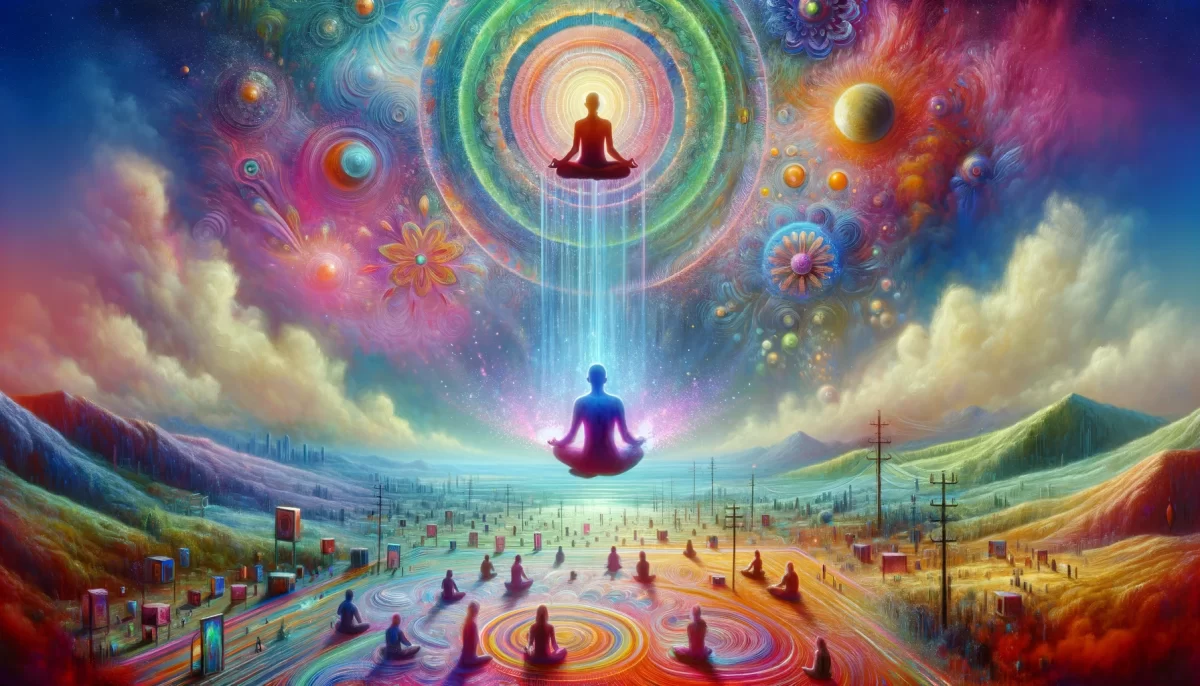
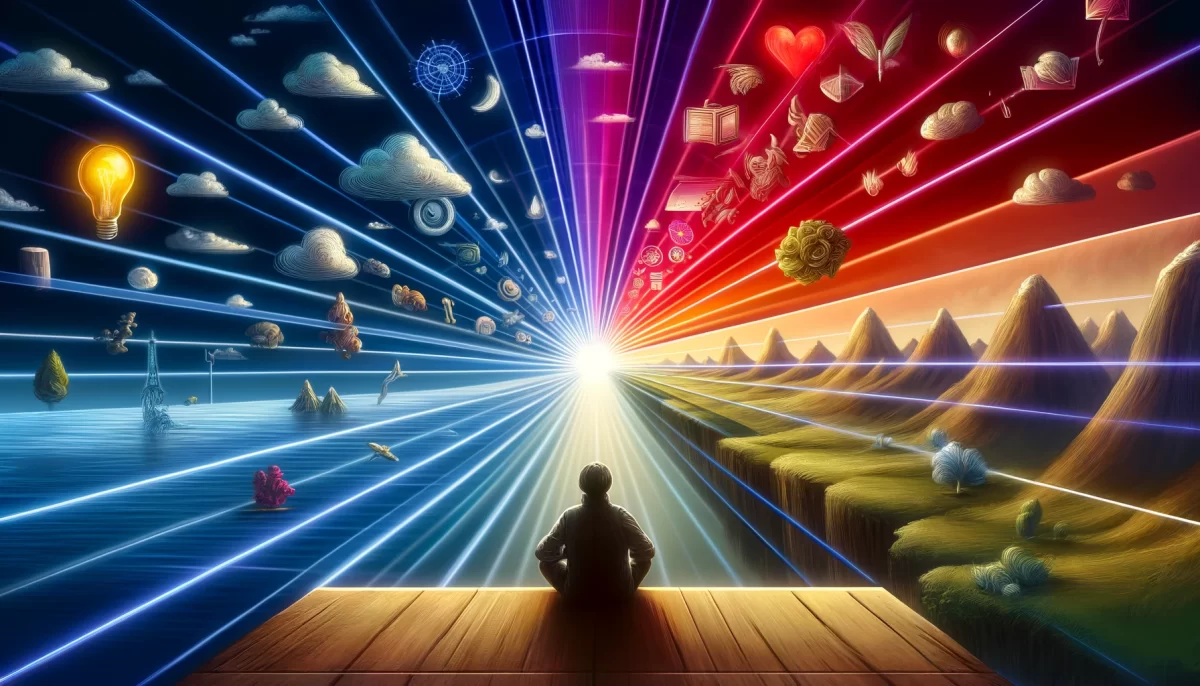
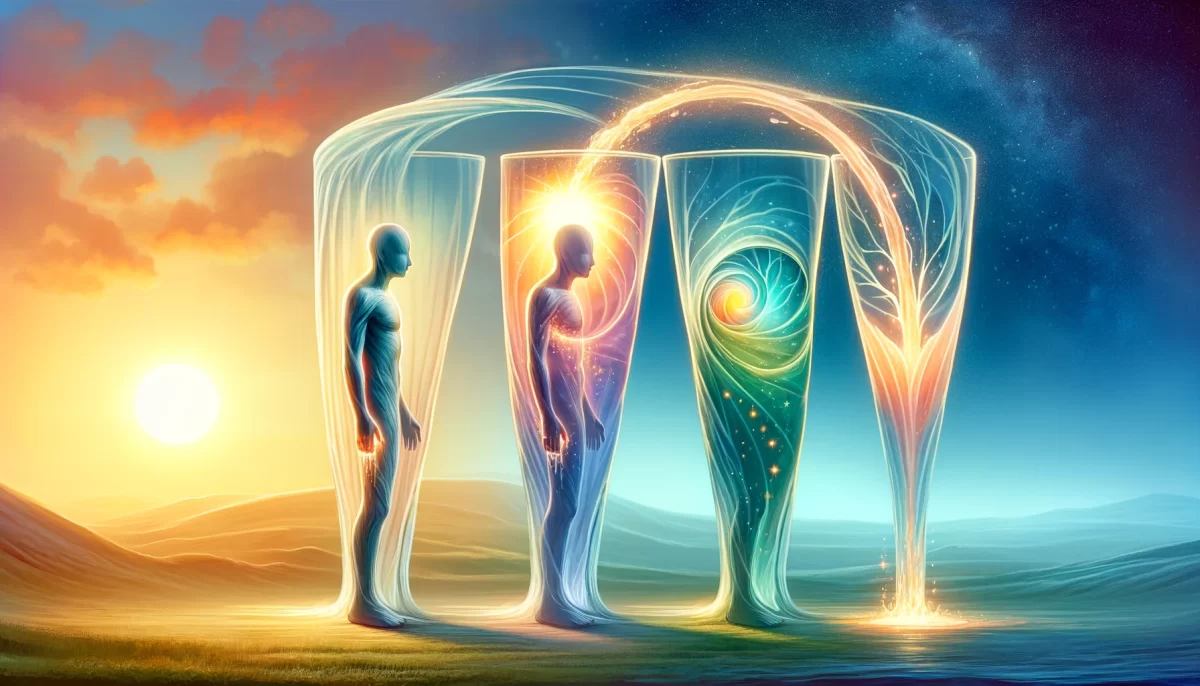
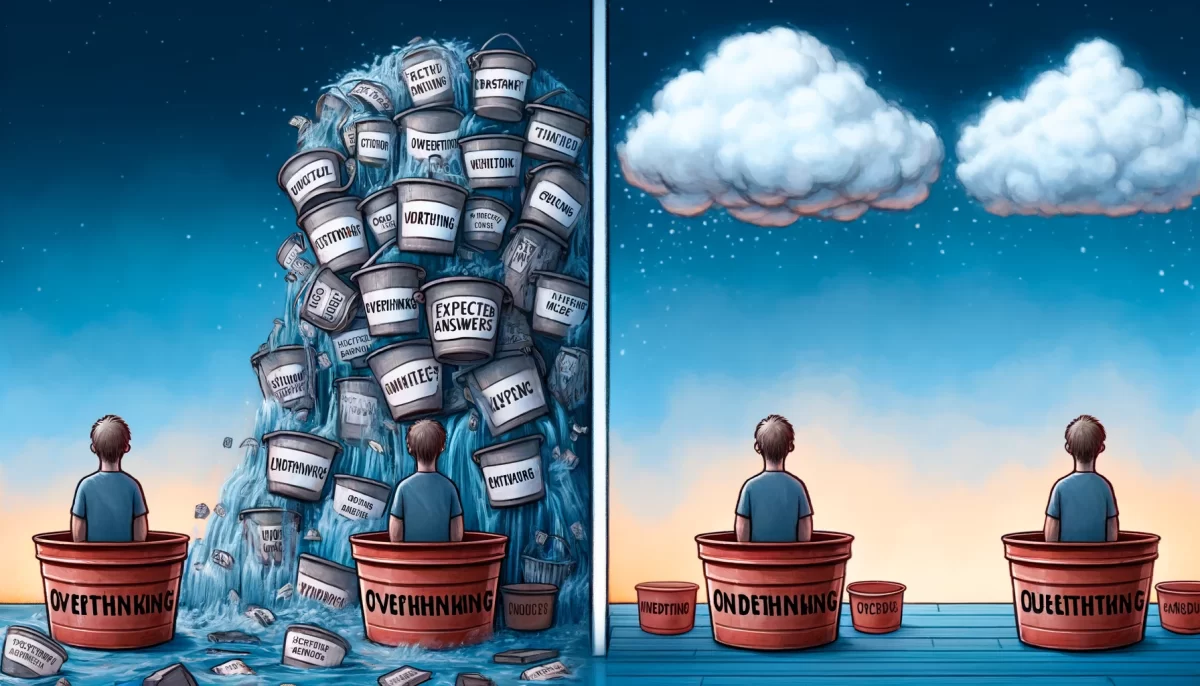
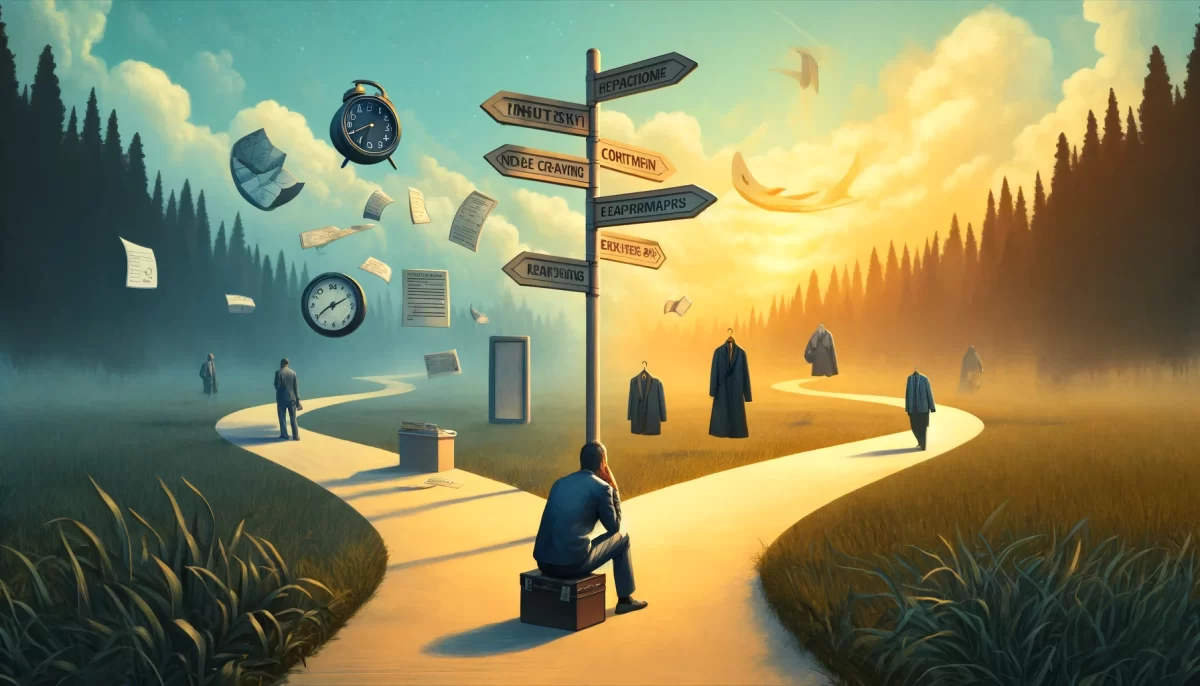
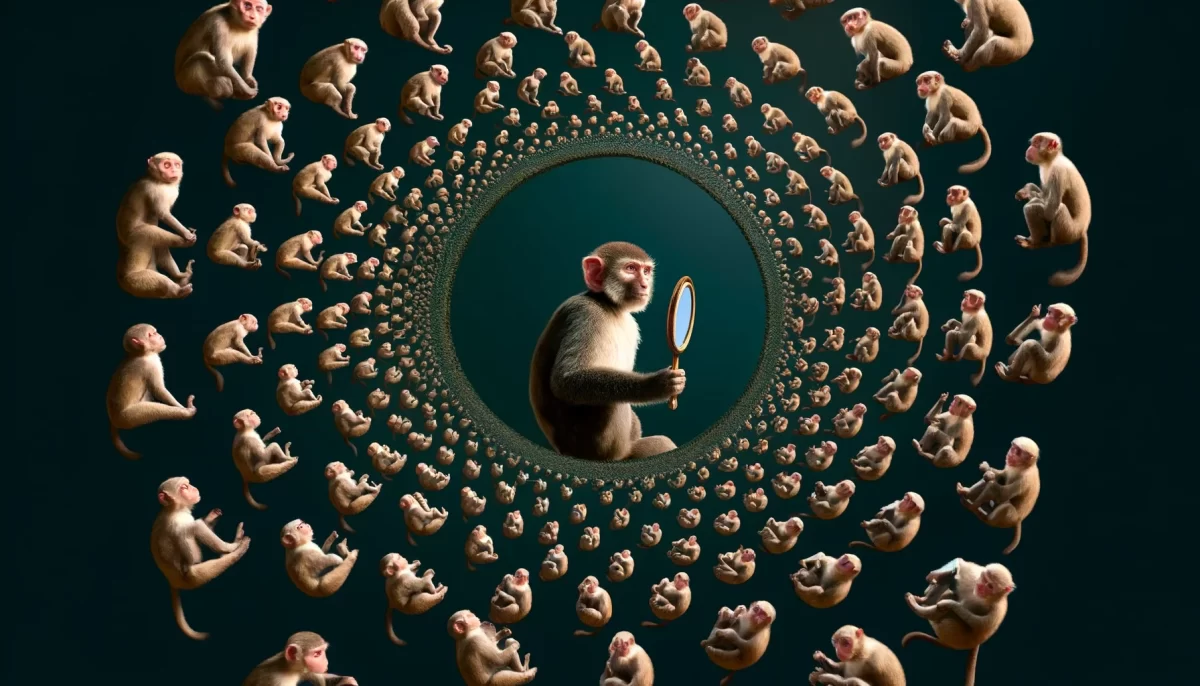
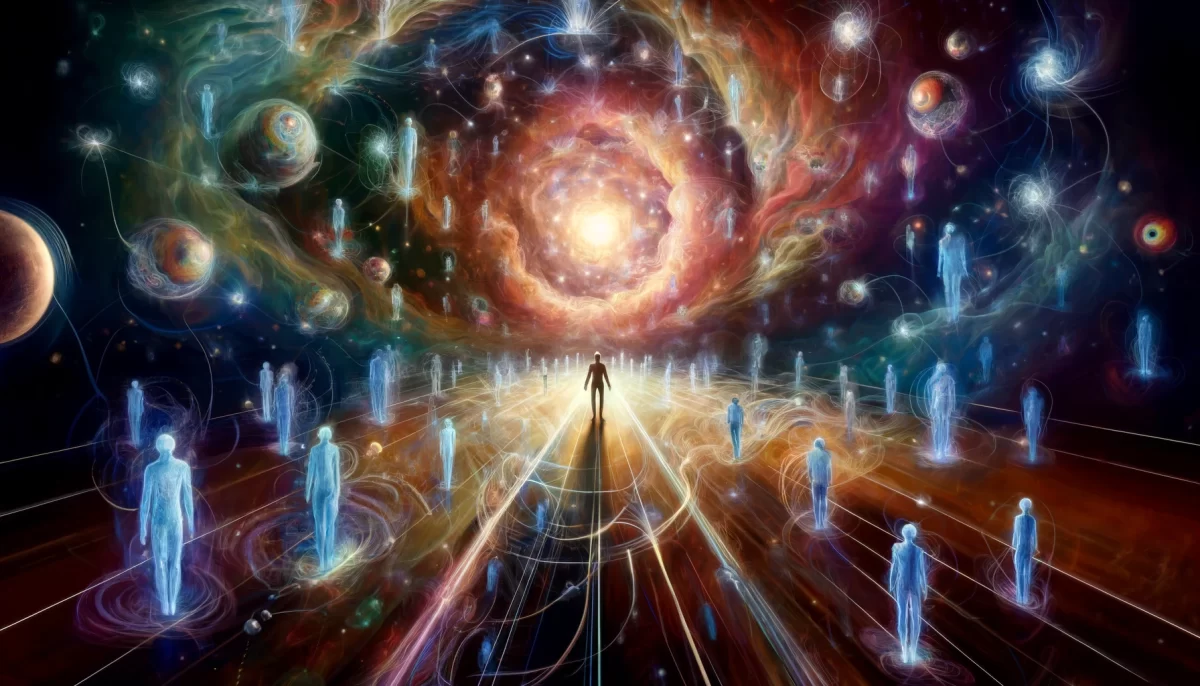
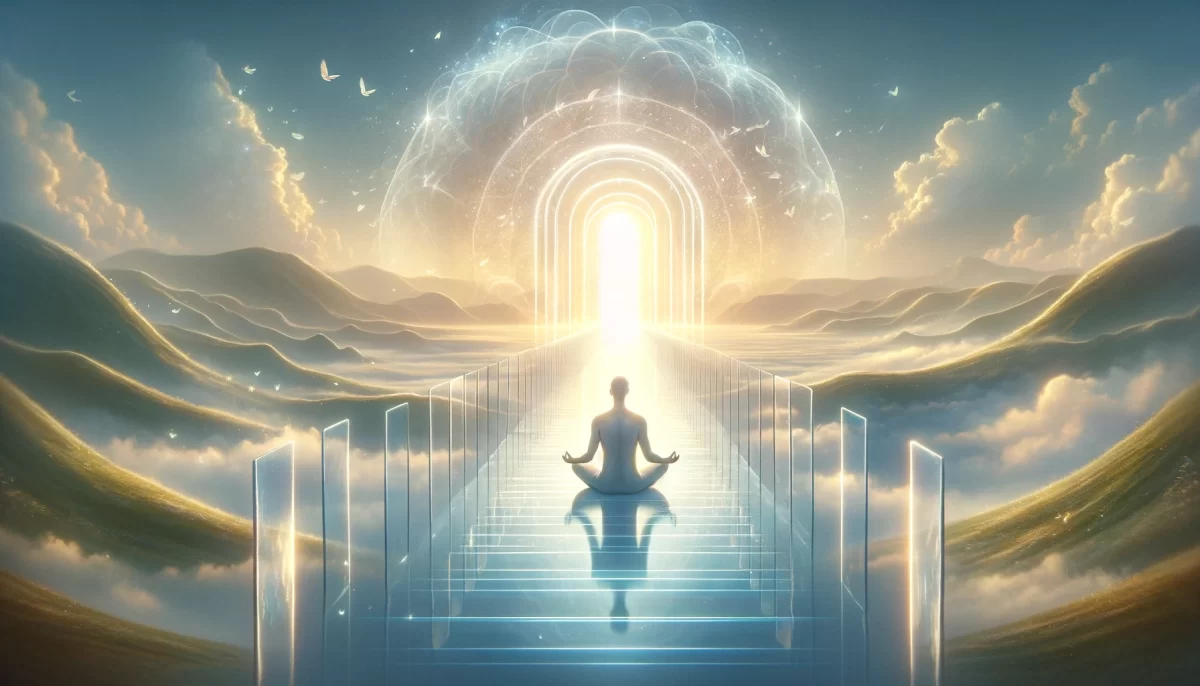
Leave a Reply